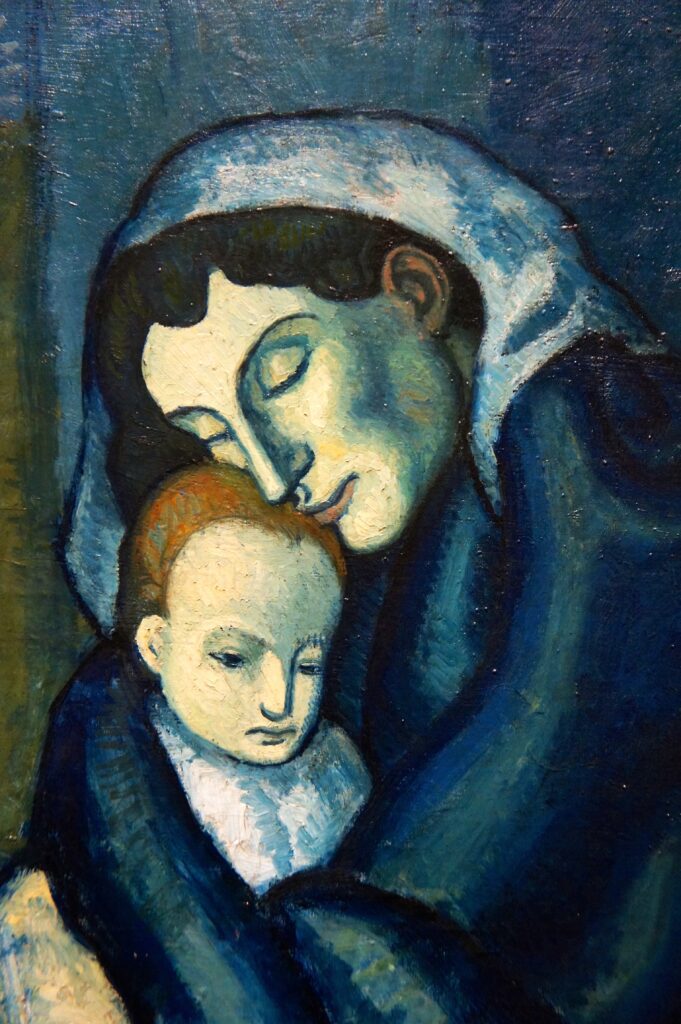Mary Ellen Kelly
Dublin, Ireland
Depression is one of the most common mental disorders globally. The mental illness affects millions and is responsible for an estimated 850,000 deaths per year.1 Depression rates among medical professionals are extremely high,2 and those suffering from depression often find it hard to convey in words the emotions they are experiencing. One of my family members struggled with depression his entire life. He often expressed his frustration at people’s lack of understanding of the condition. During one of the family interventions, he explained that he didn’t want to die, but he couldn’t continue living like this.
Pablo Picasso’s Blue Period was a four-year period spanning from 1900 to 1904 in which the artist used monochromatic art to express his grief following the suicide of one of his closest friends. During this period, Picasso painted almost uniquely in shades of blue. His portrayal of loss and depression during this time are invaluable, and the images depict depression in a more comprehensive form than words and medical terminology ever could.
After meeting Dr. Louis Jullien, who specialized in the treatment of venereal diseases, Picasso, with a heightened awareness of the less fortunate, visited Saint-Lazare Prison. Most of the artworks depict inmates of this women’s prison; however, despite many of the subjects being prostitutes suffering from venereal diseases, Picasso chose to depict them as saintly figures. In defiance of the depressing nature of his subject matter and their situations, Picasso as an artist has, while still highlighting the despair with his use of cool tones, also provided hope. Despite their suffering, they are still holy and good.
In one of the artworks, a self-portrait, Picasso portrays himself with a villainous appearance. His arched eyebrows, hollow cheek bones and dark clothing potentially signifying his belief that he is the cause of his own unhappiness, he is the villain at the root of his own depression. This is quite poignant given that many of those suffering from depression admit to having an extremely negative opinion of themselves. Their hatred towards their present selves can result further depressive tendencies, aligning with Picasso’s troublesome self-portrait.
Picasso’s Blue Period and its bewitching visuals spread a greater understanding of grief and depression than any intensely scientific literature ever could and reminds those with depression that despite their suffering, hope is not lost.

Musée National Picasso, Paris.

Harvard Art Museums, Cambridge, USA.
References
- Worley, Heidi. “Depression a Leading Contributor to Global Burden of Disease.” Population Reference Bureau June 1, 2006. https://www.prb.org/resources/depression-a-leading-contributor-to-global-burden-of-disease/
- Editorial. “Medical professionalism and physician wellbeing.” The Lancet 398, no. 10303 (2021): 817. https://doi.org/10.1016/S0140-6736(21)01966-8
MARY ELLEN KELLY is a first-year medical student at Trinity College Dublin, originally from Dungarvan in Waterford.

Leave a Reply